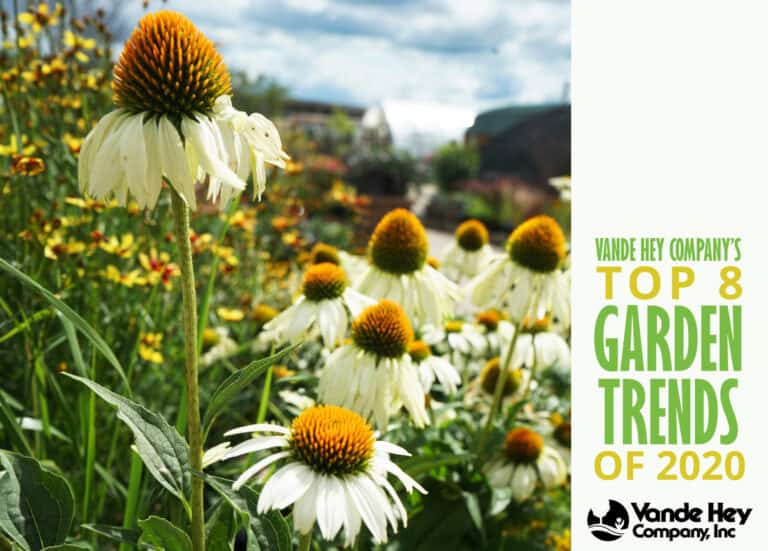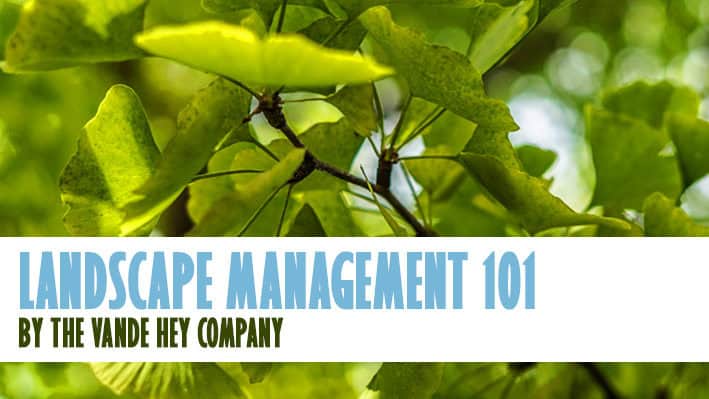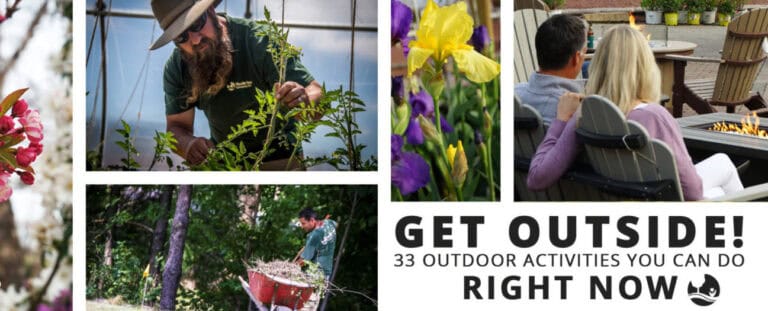![]() Garden
Garden
![]() Landscape Management
Landscape Management
![]() Lawn Care
Lawn Care
![]() Uncategorized
Uncategorized
5 Common Questions from Spring Gardeners
By Kelly Smith | April 19, 2022

The snow has finally melted, those first few signs of growth are peeking out of the planting beds, and the sun is warming up a little more with each passing day. Many of us are starting back in on lawn and landscape care, hoping to nip last year’s problems in the bud, and setting sights on improvements for the coming season. Here at our garden center, we receive many questions and concerns this time of year, and strive to help you build a backyard you’re confident in and comfortable with. Here are a few of our most common spring inquiries and the solutions we recommend:
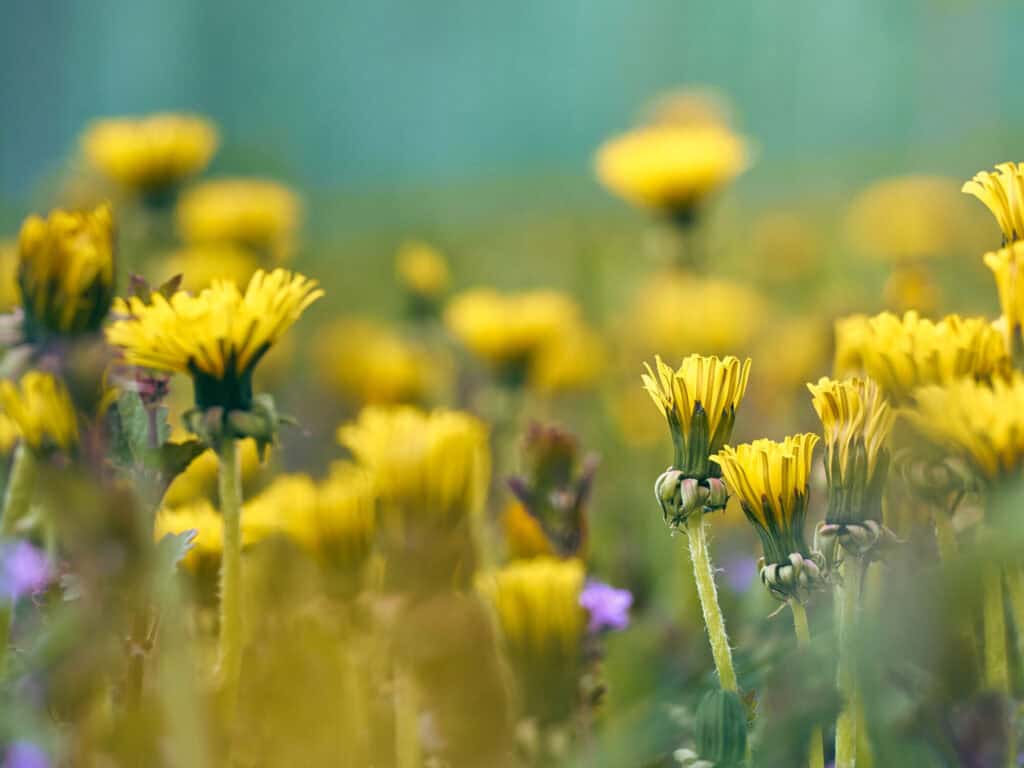
1. I had dandelions and crabgrass in my lawn last year. What do I need to do this year to prevent them?
For crabgrass, the best way to avoid a recurrence this year is to apply a preventive herbicide prior to May 10. We use a fertilizer with an herbicide built in as our first step in our lawn care program. Thus, you take care of two early lawn needs at the same time. For dandelions, you need to wait until they begin growth in spring to kill them. Although there are lawn fertilizers with broadleaf weed killers built in, the best way to control them is to use a liquid application of broadleaf herbicide. This does a better job of coating the weed and allows more of the active ingredient to be taken up by the weed to kill it.
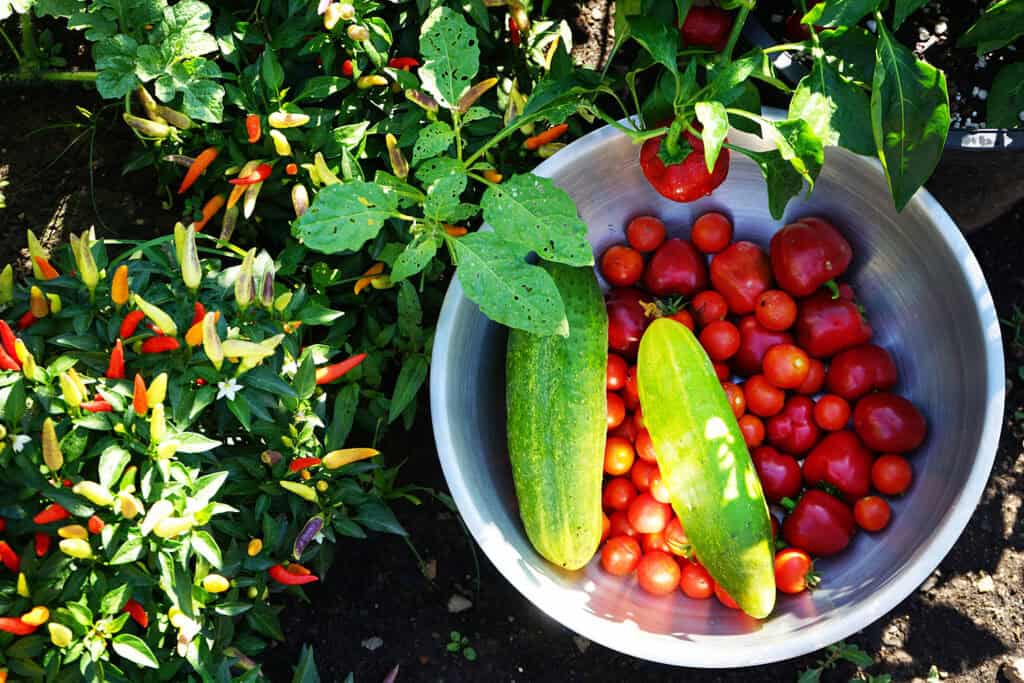
2. When can I begin planting my garden?
Wisconsin weather can be very unpredictable in any season, especially spring. (And definitely this year!). For most plantings, you need to know the average last frost date. In the Fox Cities area our average “Last Frost Date” is May 27. If you want to take your chances, the “Typical Last Frost Date” (when you still have a 30% chance of getting hit by frost) is May 10. That said, we normally recommend most plantings of frost-sensitive plants such as annuals, tender perennials, vegetable plants, and seedlings be made after Mother’s Day. Cool season vegetables and annuals can generally be planted out sooner, though; these would include broccoli, lettuce, parsley, carrots, beets, leaf lettuce, radishes, and even peas! Please note, you may have to cover or take in plants showing lush growth if heavier frosts are predicted.
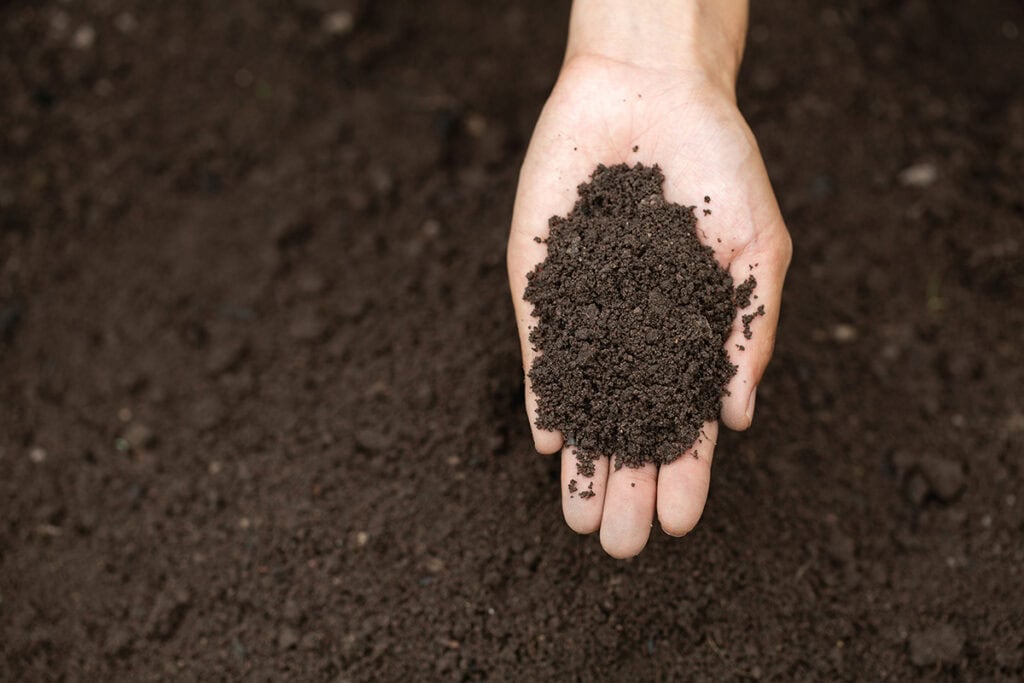
3. My soil is hard. What can I do?
Add compost to your soil and till or work it in to a depth of 6 to 8 inches to provide nutrients and better soil structure. This can be done a couple of times a year. Also, covering your vegetable gardens in the late fall/early winter with compost, straw, or chopped leaves will help prevent hard soils the following spring.
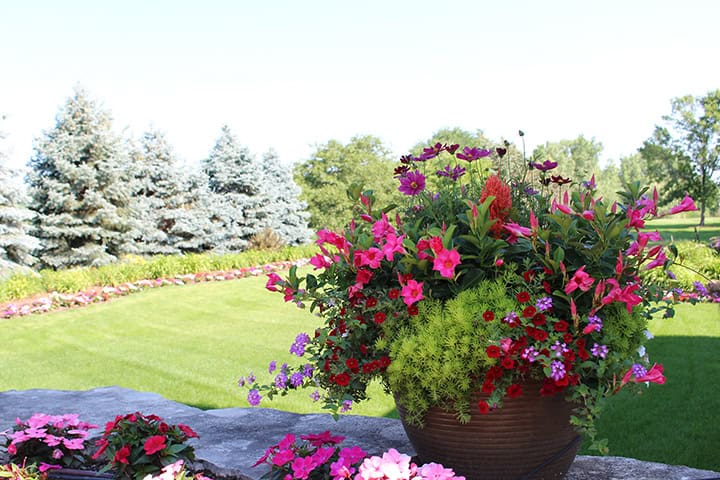
4. When potting planters for yard accents, what are the best tips for success?
Make sure your pot allows room for plants to breathe; that is, allows water and air exchange in some way either through its sides, bottom, or both. Drainage holes are very important. Add compost or worm castings to your potting mix for extra organic nutrients in your soil, which will help fuel your plants to produce more blooms or fruit. Know the plants that you want to use and place plants with similar needs together. In other words, don’t put plants that prefer moist soils with plants that prefer it dry, or shade plants mixed with sun-lovers. Finally, make sure that your overall soil level is a couple of inches below the rim of the planter, allowing room for water to soak in (and not run all over your patio!).
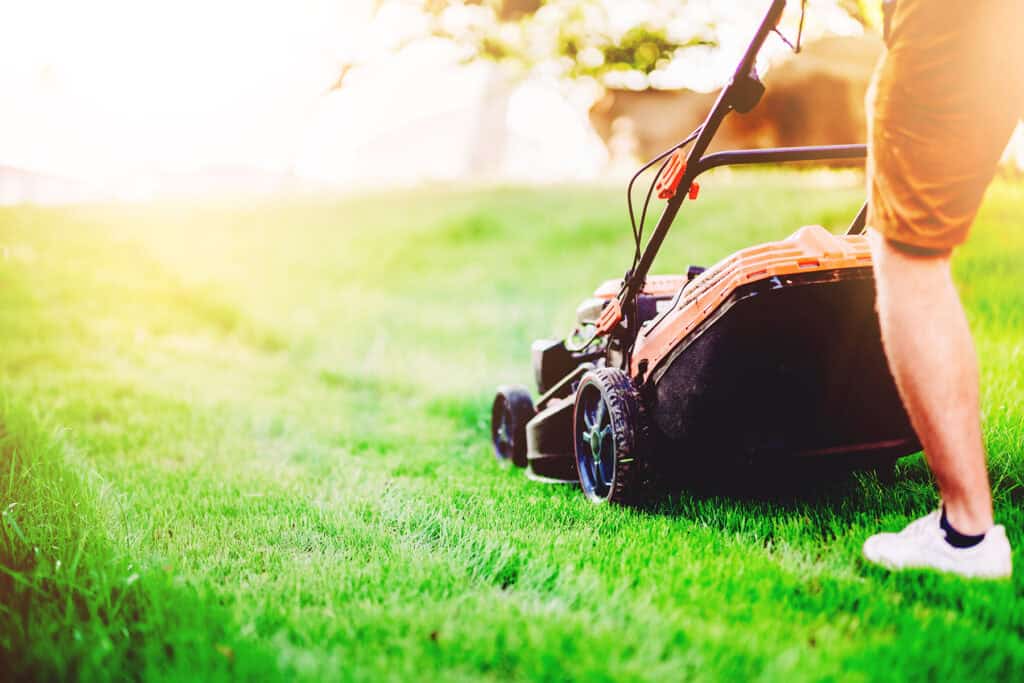
5. What is the best way to clean up my lawn in spring, and when should I start mowing?
Assess if your lawn needs to be dethatched. We don’t recommend dethatching if the thatch layer is less than 1/2″ thick. In fact, those thatch levels are beneficial to your lawn: they act like a mulch to conserve moisture and temperature, and aid in root development. Thatch layers over 1″ aren’t good for your lawn, though, as they block water and fertilizer from reaching roots, resulting in drought stress and lawn disease. If you do need to dethatch or rake your lawn, do so as weather conditions permit. Raking when lawns are too wet will result in pulling out large amounts of roots and live grass parts. As you assess the state of your lawn, know that now is a great time to reseed or sod lawn areas injured by the winter, too.
Do not mow the lawn until it has grown at least 2 inches. The roots are being renewed in the spring and grass needs vigorous initial top-growth for a healthy season.
As always, our team of dedicated horticulturists, designers, and gardening specialists are here to help you with any questions or concerns you may have. Reach out to us at 920.788.6344 or stop in to our garden center; we’ll be happy to help you on the way to a healthy, successful landscape this season!

